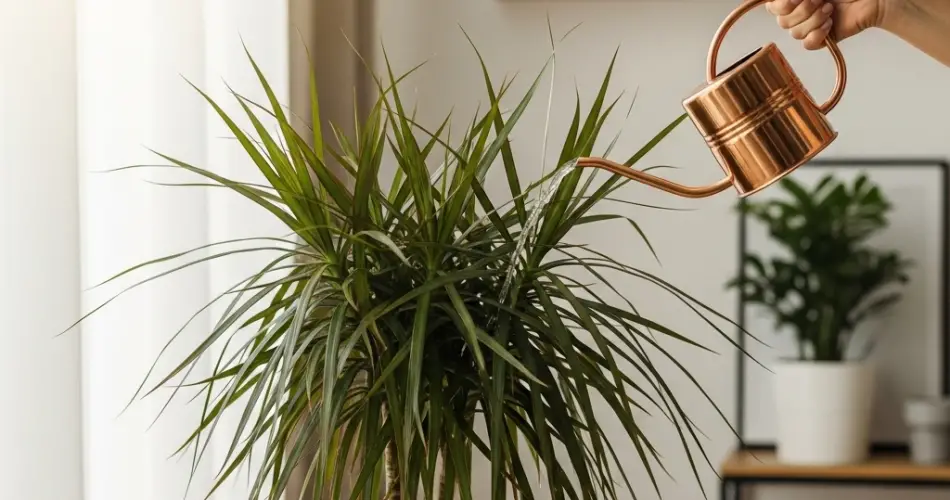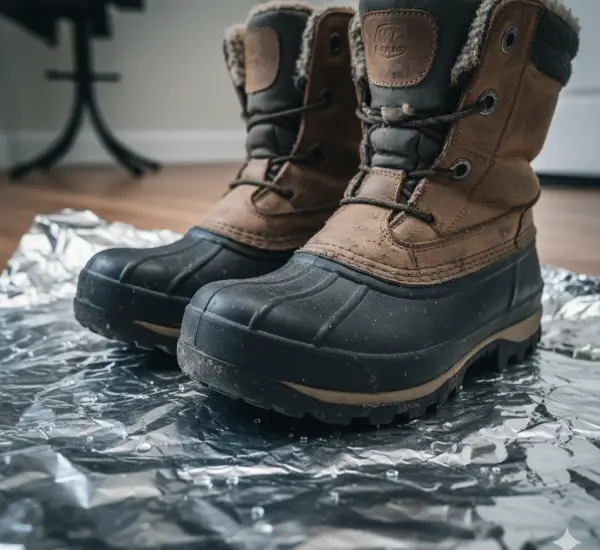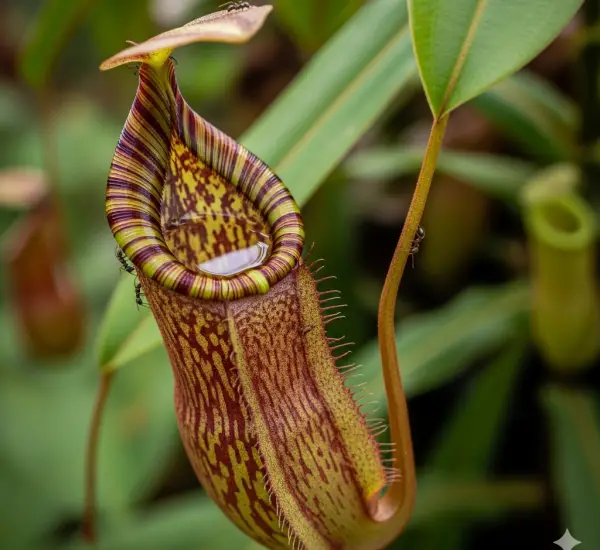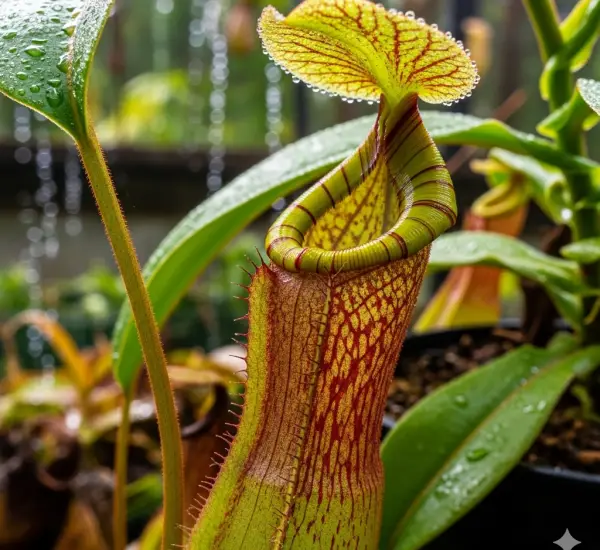Dracaena is a favorite among houseplant enthusiasts thanks to its sleek, architectural appearance and minimal maintenance needs. However, like many indoor plants, Dracaena is sensitive to improper watering. Overwatering or underwatering can lead to yellowing leaves, drooping stems, or even root rot. The key to keeping your Dracaena healthy lies in mastering the watering process. This step-by-step guide will walk you through the best practices for watering Dracaena, helping you maintain a vibrant and resilient plant.
Step 1: Understand Dracaena’s Water Needs
Dracaena varieties such as Dracaena marginata (dragon tree), Dracaena fragrans (corn plant), and Dracaena reflexa all have similar moisture requirements. These plants prefer soil that is lightly moist but never soggy. Unlike tropical rainforest plants, Dracaena stores some moisture in its thick stems and can tolerate short periods of drought. What it cannot handle is constantly wet soil, which often results in root rot.
Understanding the balance between dryness and moisture is key. The soil should be allowed to partially dry out between waterings—not bone dry, but certainly not wet to the touch.
Step 2: Choose the Right Pot and Soil
Your pot plays a crucial role in how well water drains. Always use a pot with proper drainage holes. Decorative pots without holes can trap excess water, suffocating the roots and leading to fungal issues. If you’re using a cover pot, keep your Dracaena in a plastic nursery pot and remove it for watering, then return it once the excess water has drained.
Equally important is the soil. Dracaena prefers well-draining potting soil. A mix formulated for houseplants, ideally containing perlite or pumice for better aeration, is ideal. Avoid using garden soil or heavy mixes that retain too much water.
Step 3: Check Soil Moisture Before Watering
Never water Dracaena on a fixed schedule. Instead, always check the soil moisture first. Stick your finger into the soil about 2 inches deep. If it feels dry at that depth, it’s time to water. If it still feels damp, wait a few more days before checking again.
You can also use a moisture meter for more accuracy. These tools are especially helpful if you’re unsure how to judge soil dryness manually.
Step 4: Use the Right Type of Water
Dracaena is sensitive to chemicals often found in tap water, particularly fluoride, which can cause the leaf tips to turn brown. If possible, use distilled water, rainwater, or let tap water sit out overnight to allow some chemicals to dissipate before using it.
Avoid using softened water, as it typically contains salts that can accumulate in the soil and harm the plant over time.
Step 5: Water Thoroughly But Wisely
When watering, do so thoroughly until water runs out of the bottom of the pot. This ensures the entire root system receives moisture. Be sure to empty any saucers or trays after watering to avoid water pooling at the base, which can keep the soil too moist.
It’s better to water deeply and less frequently than to give small amounts more often. Inconsistent watering can lead to stress, resulting in drooping leaves or poor growth.
Step 6: Adjust Watering to the Seasons
Dracaena’s water needs change with the seasons. During the warmer, sunnier months of spring and summer, the plant is actively growing and requires more frequent watering. In contrast, growth slows down during fall and winter, and so should your watering.
Overwatering during winter is one of the most common mistakes made with Dracaena. Always allow the soil to dry out more between waterings in cooler seasons.
Step 7: Monitor for Signs of Watering Issues
Keep an eye on your plant for signs that its watering routine needs adjustment:
-
Yellowing leaves: Often a sign of overwatering or poor drainage.
-
Brown leaf tips: Usually due to fluoride or salt build-up from tap water.
-
Drooping or wilting leaves: Can signal both overwatering and underwatering. Always check the soil first.
-
Soft stems or a foul smell: Signs of root rot caused by too much moisture.
By spotting these signs early, you can correct your watering habits before serious damage occurs.
Step 8: Regular Maintenance and Repotting
Over time, even the best soil can compact and lose its drainage quality. Repot your Dracaena every 2–3 years with fresh soil to maintain good root health. During repotting, inspect the roots and trim any mushy or discolored ones.
Also, flush the soil occasionally with distilled water to remove any salt build-up—just be sure to let the pot drain thoroughly afterward.
Conclusion
Watering Dracaena the right way is more than just giving it a drink when you remember. It involves understanding the plant’s natural preferences, using the correct materials, and paying attention to environmental factors. By following these step-by-step watering practices, you’ll not only prevent common issues like root rot and leaf browning but also ensure your Dracaena thrives as a stunning focal point in your indoor garden.




